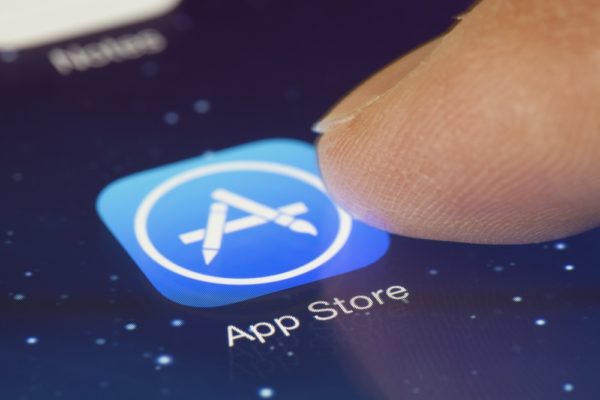Source – eschoolnews.com
As technology continues to evolve, it’s not surprising that apps are starting to be incorporated into daily classroom activities. With more than 80,000 apps considered ‘educational’ in Apple’s app store, educators will never have a shortage of applications to use with students while teaching various lessons.
And, while most educators welcome the use of applications into every-day classroom use, some educators and even parents are hesitant to leverage technology as a supportive piece of the curriculum. When used in the right way, apps can complement lessons and help teachers.
A recent study found that the use of tablets and applications improved both classroom learning and engagement. In this piece, I’ll discuss three reasons why apps are effective in the classroom.
1. Enjoyment
It’s been proven that the release of dopamine has an effect on students’ wish to learn more.
Dopamine is released when a student does an activity they enjoy. For example: when a student plays an app they find fun, dopamine is released which encourages students to keep learning to maintain the level of enjoyment. When learning feels like a chore, many kids lose interest in the lesson his or her teacher is trying to teach. With applications that turn learning and lesson reinforcement into a game, learning is no longer a chore, but rather, a fun activity.
In order to avoid apps that are solely based upon entertainment alone, I recommend looking for applications that are not distracting to the learning environment. But, with a careful review of the app itself, students will have fun and look forward to playing games, while learning at the same time.
2. Diversity
These days, educators are stretched thin. They’re working to provide the best possible learning experience for many children that each learn in different ways. What works for some children, might not work best for others. Thus, the introduction of applications provides different ways for students to learn.
Some students learn best by writing things down. Others learn best with visual games. Other kids are tactile learners. Because apps are so versatile, they can address various ways kids learn best, without educators having to print different worksheets for different students.
3. Repetition
A key component of learning, repetition reinforces lessons that students learn. To do this, students don’t have to do the exact same exercises again and again, but rather, engage in practices that work the same skill group.
While worksheets are a prime activity for students to practice lessons, they’re typically a “one and done” activity. Apps are meant to be engaged with again and again.
Beyond being environmentally friendly, apps can reinforce a lesson each time a child plays a game – especially apps that have difficulty levels that are able to be adjusted. Quality apps for the classroom usually have different games or activities within themselves, providing fun, new ways for kids to learn, again and again.
At the end of the day, apps aren’t solely all about entertainment. They can be helpful in the classroom, too! When looking for complementary activities to support lesson plans, don’t forget to consider apps and how they can positively enhance the learning environment.
